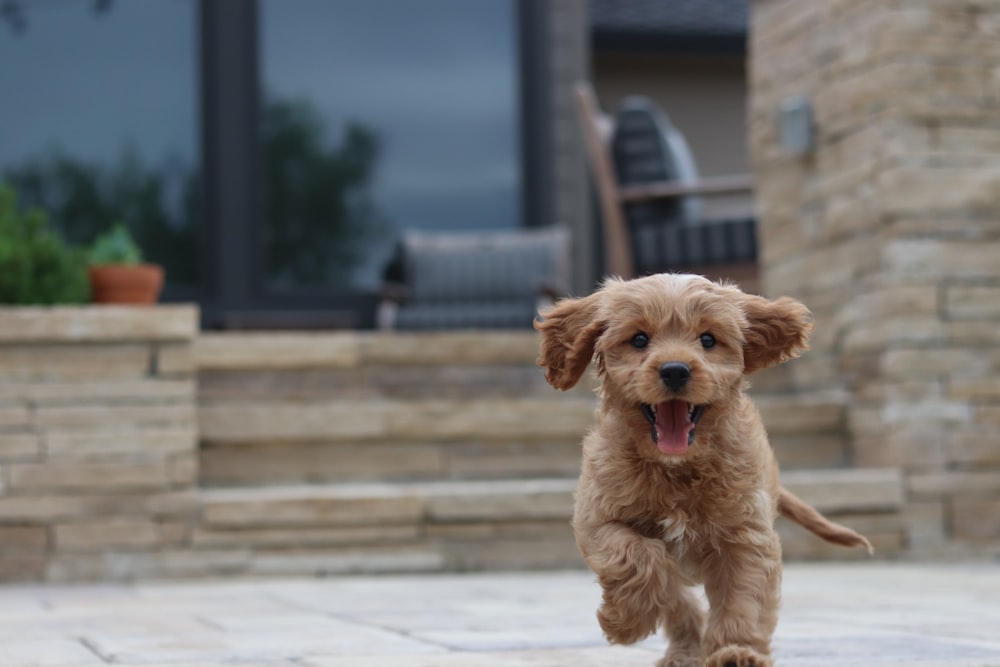5 Signs Your Dog Is Happy and What to Do if She Isn’t
Monday, September 20, 2021 11:27:34 AM America/Los_Angeles
Few things can give you the warm fuzzies like seeing your fur baby happy and feeling like a good dog paw-rent. But how exactly do we know if a dog is happy or not? Luckily, there are some clear signals that can tell us whether or not your pup is feeling content. But fret not if you think you have an unhappy doggie on your hands -- there are some easy solutions worth trying before making a trip to the vet.
Photo by Mia Anderson
Relaxed ears and body posture: A dog’s posture and ears should generally be at ease. Muscles aren’t tensed and ears are floppy in a relaxed dog.
Tongues out and bellies up: If your dog has their belly up and tongue out, they’re welcoming you to engage with them and demonstrating friendliness.
Tail movement and carriage: Happy tail wags usually involve the whole body. Stiff wagging or tail twitching instead shows alertness.
Healthy appetite and eating habits: A content pup is satisfied with their meals. They should not be ravenous (though the occasional indulgence is fine) nor should they be rejecting their food. Overeating or undereating should be watched carefully, as this pattern can have more immediate consequences.
Appropriate amounts of playing and non-destructive behavior: Chewing is often considered a destructive behavior, but it isn’t always. Chewing is natural for dogs and a reasonable amount of chewing, especially with appropriate outlets such as a chew toy, signals a healthy and well-adjusted dog.
What do I do if my dog is unhappy?
An unhappy dog will show signs as well. They’ll typically display behaviors that are opposite of those mentioned above such as tense posture, destructive behavior, and decreased appetite. Dogs are unhappy for different reasons, so it’s important to first determine the root cause. Here are some common causes and potential solutions:
- Boredom: Destructive behaviors might be a response to not having appropriate outlets for their energy. Having a variety of toys (including interactive toys) can help curb destructive behaviors.
- Personal space (and things): No matter how friendly a dog is, they can get stressed out if there are multiple dogs in the house. Or, perhaps they’ve recently moved and are feeling more territorial than usual. Having their own bowls, a pee pad like Bark Potty, and bedding helps dogs feel safe and cared for.
- Sufficient training: Struggling with inappropriate behavior can dampen everyone’s moods. Sufficient training is needed not just for dog owners’ sanity, but also to help dogs learn how to maintain a routine and communicate effectively with their human. For example, if a dog who is successfully potty trained does not use the dog bathroom as usual, it provides a clear signal that there’s a larger underlying issue.
It takes a bit of patience to try and resolve any conditions that are upsetting your dog, but a couple of adjustments can make a world of difference. If your pup exhibits extended periods of sadness, they may be struggling with depression or severe anxiety. It’s always best to contact your vet when in doubt.
